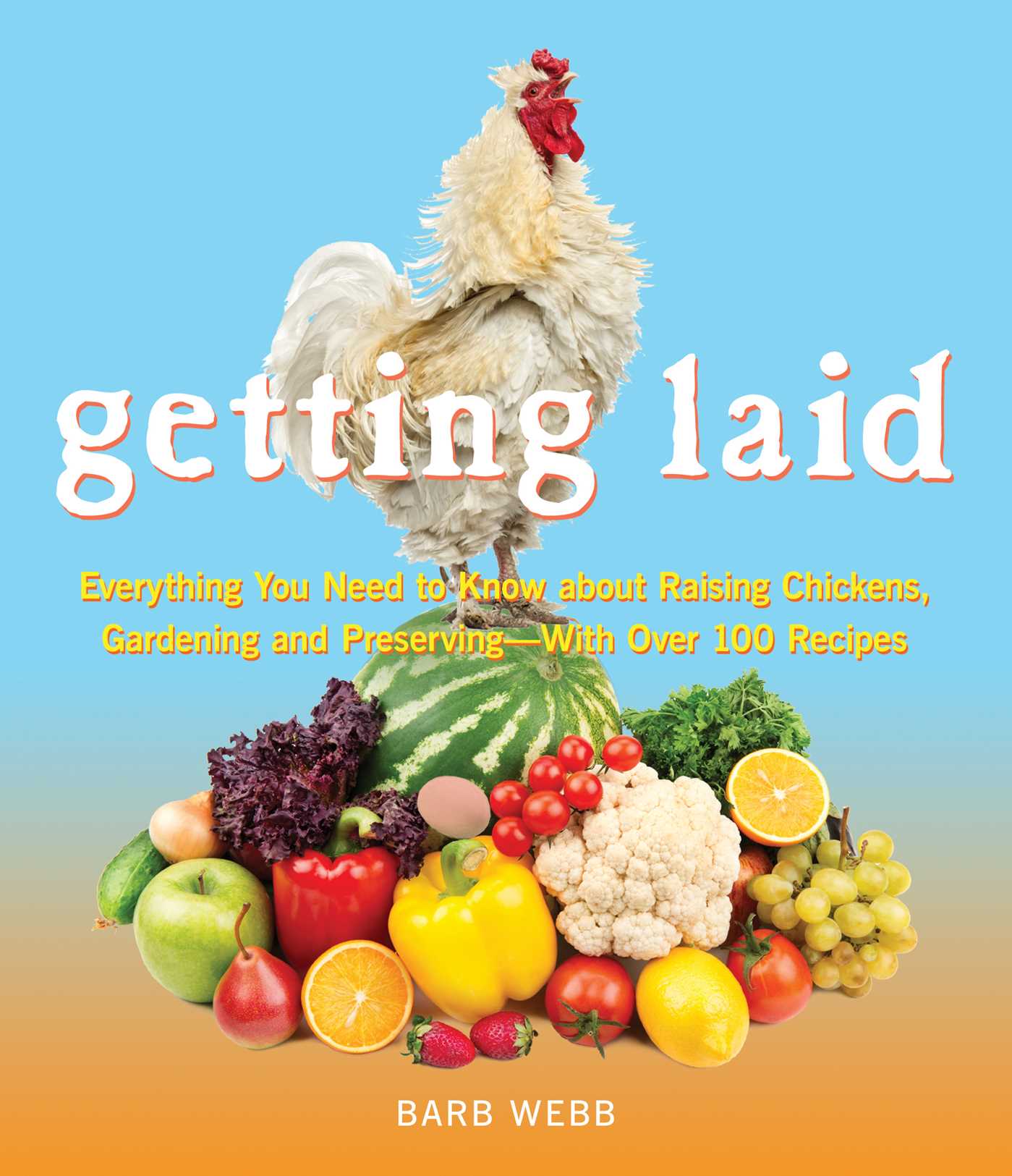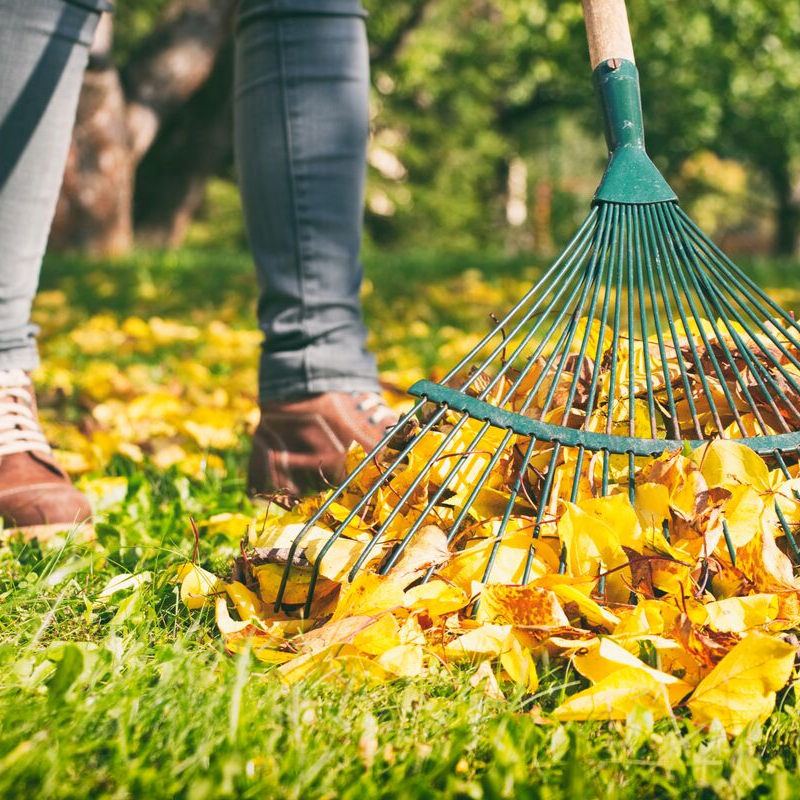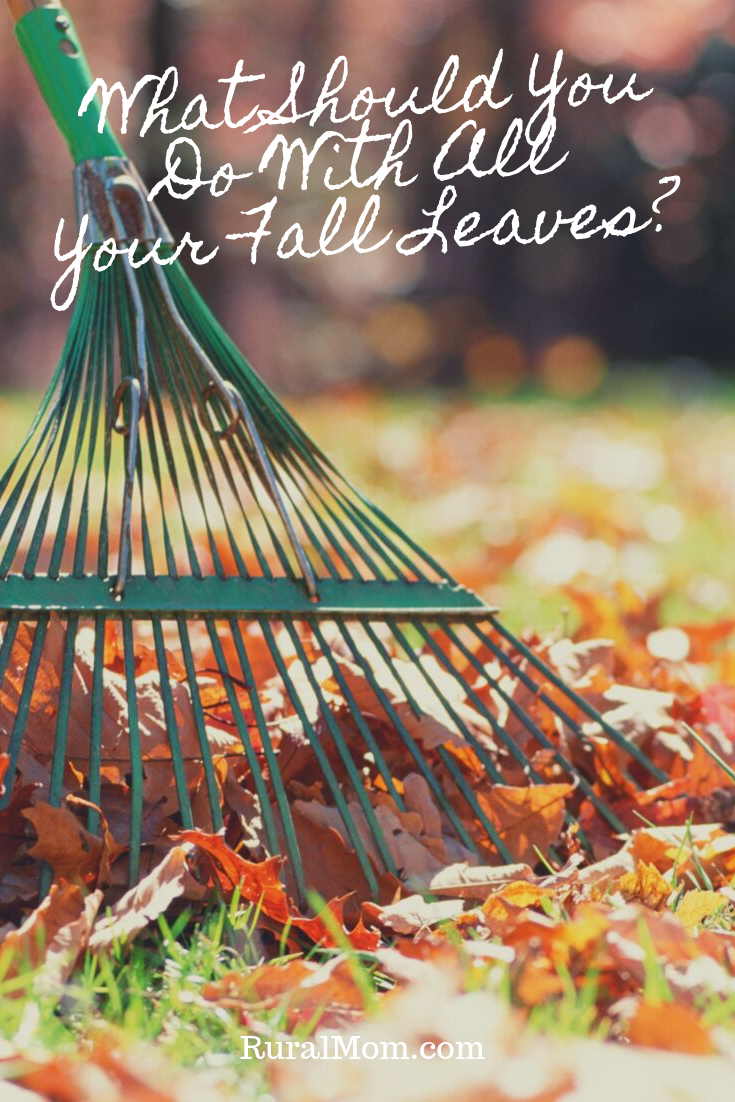Leaves on the trees in fall look stunning. But, it’s a different story when fall leaves are covering your lawn and sidewalk.
All of nature’s autumn beauty leads to one of the last major chores of the gardening year: raking leaves. Figuring out what to do with fallen leaves when you have raked them is sometimes a conundrum.
Why You Need to Rake
Leaves are dense, dead material that will naturally decompose on your lawn over time. You may be tempted to leave them there. The problem is when you get an inch or so of leaves on the ground followed by the usual fall rains, the decomposition process turns into a soggy, slimy mess. Devoid of oxygen, this mess of leaves is the equivalent of placing a black garbage bag on the lawn.
If you plan to have a flower or vegetable bed on the lawn next year, go ahead and leave them. The grass will die and you’ll be able to till the leaves under to start your garden.
If you want to keep you lawn healthy, rake and bag the leaves. If you have a bagger for your mulching lawnmower, then simply use that to gather up the leaves.
Alternatively, put the leaves into your compost pile. To accelerate your compost, mulch them first. Well-chopped leaves can also be used on the flowerbeds for winter protection.
Fall Leaves on the Flower Beds
Leaves and pine needles that fall directly onto the flowerbeds can be left alone. If they are not covering the perennials directly and not too deep, they will be of help.
Freshly decomposing material takes nitrogen from the immediate area and deprives perennials from much needed sunlight. If they are piled up high, they need to be removed.
The leaves and needles can also change the pH of the ground in the upper layers of the soil. This may be problematic if your perennials are growing in well-adjusted soil.
If there are too many leaves, or if the plantings require that you remove them, do so carefully so as not to uproot what is planted. You can mow over these leaves to chop them, then return a portion to the flowerbed as winter mulch. Use the remainder for the compost pile.
Fall Leaves on Sidewalks
Leaves are great to walk on when they are inches thick and crunchy. Kids love to kick them around and fall into them!
The downside is that when wet, the leaves become a hazard. These are the most critical leaves to remove. It’s not as difficult when they are light and dry. So sweep them away daily before they get wet and heavy!
Bagged Leaves
Most municipalities will collect leaves and put them into a city mulch pile. To do so you may need to provide suitable bags that decompose.
The bags are available at most large hardware stores and are made of heavy recycled brown bag material. Simply fill and place your bags onto the curb for pickup on your collection date.
Setting a Plan for Your Leaves
In areas where it’s allowed, burning leaves may be an option. It’s efficient, but not always the best option.
When figuring out what to do with fallen leaves:
- look first to the garden
- then the compost pile
- and finally the curbside collection from the city.
Burning should be a last resort as it does ultimately add to air pollution.
If you don’t have a compost pile, consider burying your leaves instead. This will help return them to the soil but you won’t have to contend with a wet, messy leaf pile.
Or see if you have a local farmer, neighbor or community garden that would love to have your mulched leaves. Arrange to have them picked up, when ready.




